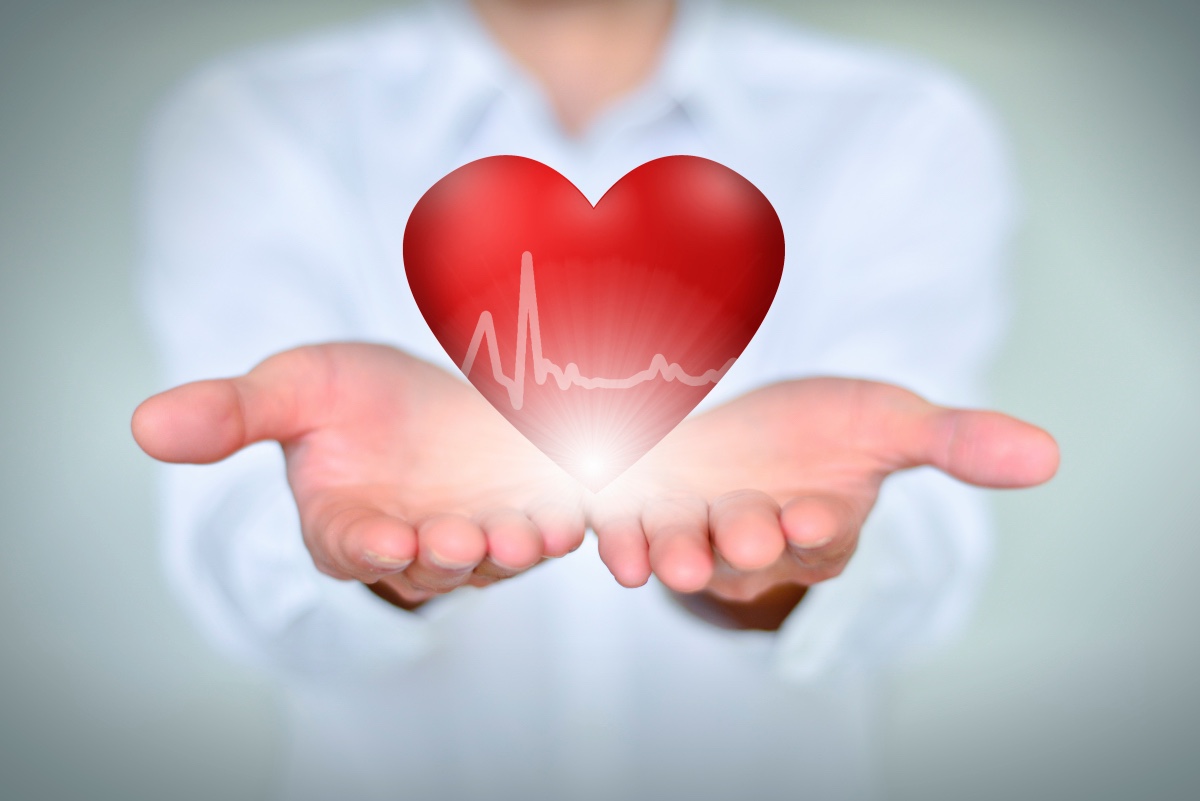COVID 19 and WHAT WE CAN DO

SARS-Cov-2 is a new virus detected in Wuhan, Hubei in December 2019. It causes a disease named Coronavirus disease 2019 or simply COVID 19.
COVID 19 has an incubation period of 2 to 7 days, most commonly (5 days), with an upper limit of 14 days. Most cases present symptoms of fever, cough, shortness of breath, and cause pneumonia. Some patients with COVID-19 have developed acute respiratory distress syndrome (ARDS). A low lymphocyte count of less than 1.5 x 109/L was present in 82% of hospitalized patients. Based on a study conducted by China CDC on the first 44,600 confirmed cases, more than 80% had mild presentations, 14% were severe, and 5% were critical. Mortality has been highest among persons aged ≥ 80 years and among people with comorbidities (ref 1).
Transmission occur from person-to-person, via droplets when an infected person coughs or sneezes, or if somebody touches a contaminated surface or object and then touch the eye, nose or mouth.
Because majority of cases are mild, it is possible that a large number of infected people might not seek medical attention, instead, will go to work and travel, potentially spreading the virus to their contacts.
Also there is evidence that patients in the incubation period, before the symptoms start, can transmit the virus, imposing a greater challenge to contain the infection. For this reason it can be said that “a virus that poses a low risk on the individual level can pose a high risk on the population level” (ref 2)

Isaac Bogoch et al published an article on the 27th of January 2020 on which they identified cities within China that received a large volume of travelers via commercial airlines from Wuhan and looked at the global flight patterns from those cities, as a guide to anticipate cities at highest risk for receiving travelers with SARS-CoV 2 infections (ref 3).
Identifying which cities are most at risk is important for appropriate measures to be taken in a timely manner to minimize the spread of disease.
In the case reports shown daily we can see that those are the cities where the virus did spread (ref 4-5).
Movement and travel restrictions was implemented in January 23 in China and Public Health Emergency of International Concern was declared by WHO in January 30 2020.
Public health measures implemented were:
- Isolation: isolation is the separation of ill persons with a specific contagious disease from non-infected persons to protect non-infected persons, and usually occurs in hospital settings.
- Quarantine: which means the movement restriction of persons who are presumed to have been exposed to a contagious disease but are not ill, either because they did not become infected or because they are still in the incubation period.
- Social distancing is designed to reduce interactions between people in a broader community, in which individuals may be infectious but have not yet been identified hence not yet isolated. Examples for social distancing include closure of schools or office buildings and suspension of public markets, and cancellation of gatherings.
- Community-wide containment is an intervention applied to an entire community, city or region, designed to reduce personal interactions, except for minimal interaction to ensure vital supplies. A community- wide quarantine is currently happening in China on an order of magnitude that mankind has never witnessed before. (ref 6)

Unusual times
During a new epidemic like this there are many uncertainties. Nobody knows for sure how long an epidemic will last, how will it impact the economy, our jobs, causing a lot of stress. Anxiety, fear, worry, helplessness, hopelessness, insomnia, fatigue, sadness are common reaction to crisis.
Dr Wei Chang recommends to
- Maintain a sense of normality
- Keep your regular routines with necessary modifications
- Keep active communication with your family, friends, and co-workers
- Focus on what you can do, not worry about what you cannot do
(Do not search for updates on the virus situation nonstop) (Ref 7)
What can we do in times like this?
- Cooperate with the health authorities by protecting yourself and your family
- Maintain your immune system in good shape eating healthy exercise, you can download an app to learn and practice exercises, such as tai chi for example,sun exposure, our body creates vitamin D from direct sunlight which is essential for a healthy bone.Sleep early, this is the best way to keep a good immunity
- Create quality time with your family: play games together, share in the house chores, use creativity to cultivate a better and meaningful relationship
- Support and encourage one another: I was so impressed to hear of the solidarity of some peoples in Wuhan. In this period of lock down, they are voluntarily giving their time and risking their lives, to take health professionals and patients to and from the hospital, since there is no public transportation. I heard also of health professionals from many parts of China volunteering to serve in Wuhan. There were others giving financially to supply masks and gloves to hospitals and people in need. It is also a good opportunity to connect through internet (Wechat, facetime, etc) to keep in touch and encourage your friends.
- Not everyone is able to go to the frontline to help but look for things you can do. Blood donation for example. There is a huge need for blood these days. (Wechat: BloodlineFamily)
And remember WUHAN (acronym that a friend sent to me)
Wash your hands
Use mask
Have your temperature checked
Avoid crowded places
Never touch your face with unclean hands
Let’s keep safe and support one another.

- https://coronavirus.travax.com/library/coronaviruses/events/coronavirus-disease-2019
- A Novel Coronavirus Emerging in China — Key Questions for Impact Assessment, Vincent J. Munster, Ph.D., Marion Koopmans, D.V.M., Neeltje van Doremalen, Ph.D., Debby van Riel, Ph.D., and Emmie de Wit, Ph.D. January 24, 2020, at NEJM.org.
- Potential for global spread of a novel coronavirus from China, Bogoch II, Watts A, Thomas-Bachli A, Huber C, Kraemer MUG, Khan K, Journal of Travel Medicine, Rapid Communication, 27 January 2020, taaa011, https://doi.org/10.1093/jtm/taaa011/5716260
- Novel Coronavirus 2019 Considerations: Johns Hopkins live outbreak update: gisanddata.maps.arcgis.com/apps/opsdashboard/index.html#/...
- Geographic distribution of 2019-nCov cases in Asia, as of 11 February 2020:https://www.ecdc.europa.eu/en/geographical-distribution-2019-ncov-cases
- Isolation, quarantine, social distancing and community containment: pivotal role for old- style public health measures in the novel coronavirus (2019-nCoV) outbreak. Wilder-Smith A. MD1,2, Freedman DO. MD3 https://doi.org/10.1093/jtm/taaa020
- Dr Wei Chang, Chair of Psychological Health Center of United Family Hospital, How to Cope with Stress During the Outbreak of Coronavirus?
- CDC.GOV
Author: Lincoln Sakiara MIYASAKA, Family Medicine Physician
Areas of speciality:
Dr. MIYASAKA has several areas of specialty including family medicine, general medicine, preventive medicine and travel medicine.
Education:
Dr. MIYASAKA received his medical doctor degree from FACULDADE DE MEDICINA DE JUNDIAI in 1980, residency in Internal medicine in UNIVERSIDADE DE SAO PAULO in 1983 and was later awarded a PhD in UNIVERSIDADE FEDERAL DE SAO PAULO in 2000. In 2003, MIYASAKA received his title of specialist in psychiatrist from Associacao Brasileira de Psiquiatria, in 2008, title of specialist in Family Medicine by Associacao Brasileira de Medicina de Familia e Comunidade and in 2017, Certified in Travel Medicine by the International Society of Travel Medicine.
Background:
Dr. MIYASAKA has over 30 years of clinical experience. Before joining United Family Healthcare Shanghai Service Area, Dr. MIYASAKA served in Brazil and China as a specialist in family medicine. In addition to HIS clinical work, Dr. MIYASAKA has published in medical journals, including Psychiatry And Clinical Neuroscience and Cochrane Library.
See Featured Directory of Shanghai United Family Hospital and Clinic
[Images via Shanghai United Family Hospital and Clinic]
Get the weekly newsletter!
Sign up to get the entertainment, lifestyle and event news from Urban Family every week!Classified Posts
News























